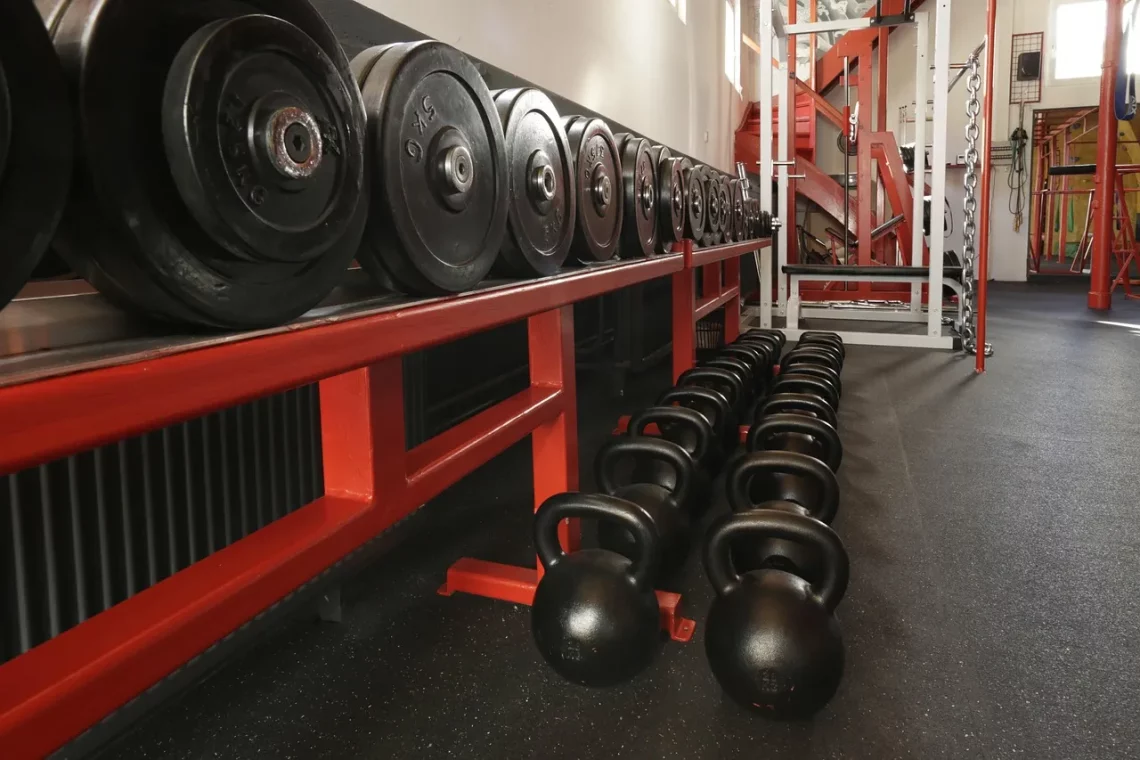
Exploring the Benefits and Applications of Magnetic Weights
Magnetic weights have emerged as a versatile solution across various industries, from fitness to manufacturing. Their unique ability to provide adjustable resistance has attracted attention, not only for personal fitness routines but also for innovative applications in engineering and design. As technology continues to evolve, the integration of magnetic weights has enabled the development of more efficient and effective systems that cater to a wide range of needs.
The appeal of magnetic weights lies in their simplicity and functionality. Unlike traditional weights, which can be cumbersome and fixed in nature, magnetic weights offer a dynamic alternative that can be easily manipulated to suit individual requirements. This adaptability sets them apart, allowing for a more tailored approach to resistance training and other uses.
In fitness, magnetic weights can enhance the effectiveness of workouts, enabling individuals to gradually increase resistance without the hassle of changing weights. In industrial applications, they play a crucial role in automation and material handling, providing solutions that streamline processes and improve safety. As we delve deeper into this topic, it becomes clear that the benefits and applications of magnetic weights are both wide-ranging and impactful.
Advantages of Magnetic Weights in Fitness Training
Magnetic weights are revolutionizing the fitness industry by offering unique advantages that traditional weights simply cannot match. One of the primary benefits is the ability to adjust resistance seamlessly. This feature allows users to transition smoothly between different levels of intensity during workouts, ensuring that they can tailor their training sessions to their personal fitness goals.
Another significant advantage is safety. Magnetic weights are designed to remain securely in place during use, reducing the risk of accidental drops or shifts that can lead to injuries. This aspect is particularly beneficial for beginners who may not yet have mastered the proper techniques for handling traditional weights. The secure grip provided by magnetic weights also allows users to focus more on their form and technique, which is crucial for effective training.
Moreover, magnetic weights are often more compact and easier to store compared to traditional dumbbells or plates. This is particularly valuable for those with limited space, such as home gym enthusiasts. Their sleek design and lightweight nature make them portable, allowing users to carry them to various locations—be it a park, gym, or even while traveling.
Additionally, the versatility of magnetic weights enables a wide range of exercises, from strength training to rehabilitation. They can be used in various workout modalities, including circuit training, HIIT, and even yoga, making them an ideal choice for people with diverse fitness preferences. As a result, magnetic weights not only enhance workout effectiveness but also encourage users to explore different training styles.
Innovative Applications in Manufacturing and Engineering
Beyond fitness, magnetic weights have found numerous applications in manufacturing and engineering. One noteworthy use is in automated assembly lines, where magnetic weights are employed to hold components in place during the assembly process. This application minimizes the risk of misalignment and improves overall efficiency, as workers can focus on the task without the distraction of ensuring components are securely positioned.
In material handling, magnetic weights facilitate the movement and manipulation of heavy objects. They can be integrated into lifting devices, where they provide a reliable means of securing loads without the need for cumbersome mechanical clamps. This functionality not only enhances safety but also speeds up the handling process, allowing for more streamlined operations in warehouses and factories.
Furthermore, magnetic weights are increasingly being utilized in robotics. They can be programmed to release or engage based on specific movements, offering a level of precision that is essential in modern automated systems. This adaptability allows engineers to design machines that can perform a variety of tasks while maintaining high accuracy.
The use of magnetic weights also extends to product design and prototyping. Designers can leverage their properties to create adjustable models that better demonstrate functionality before final production. This capability not only saves time but also reduces material waste, aligning with modern sustainability practices.
As industries continue to innovate, the applications of magnetic weights will likely expand even further, opening up new possibilities for efficiency and creativity in engineering and manufacturing processes.
Potential Impact on Rehabilitation and Physical Therapy
In the realm of rehabilitation and physical therapy, magnetic weights offer a promising avenue for recovery and strength rebuilding. Their adjustable nature allows therapists to provide tailored resistance that matches the individual needs of patients. This customization is crucial in rehabilitation settings, where the goals can vary significantly from one patient to another.
For instance, individuals recovering from an injury may require lower resistance initially, which can be easily achieved with magnetic weights. As they progress, therapists can gradually increase the resistance, ensuring that patients are continually challenged while avoiding the risk of re-injury. This gradual approach fosters a safe environment for recovery, enabling individuals to regain strength and mobility effectively.
Moreover, the use of magnetic weights can enhance proprioceptive training, which is vital for improving body awareness and coordination. Exercises that incorporate magnetic weights can help patients develop better control over their movements, making them feel more confident in their physical abilities. This aspect is particularly important for older adults or those who have experienced significant physical setbacks.
Additionally, magnetic weights can be easily integrated into various rehabilitation exercises, including strength training, flexibility routines, and balance work. Their versatility allows therapists to create comprehensive programs that address multiple aspects of recovery.
As the field of rehabilitation continues to evolve, the integration of magnetic weights represents a forward-thinking approach that prioritizes patient safety and individualized care.
**Disclaimer:** This article is not intended as medical advice. For any health-related concerns or conditions, please consult a healthcare professional for guidance.
The Future of Magnetic Weights and Their Role in Innovation
Looking ahead, the future of magnetic weights appears bright, with ongoing advancements in technology promising even more innovative applications. As materials science progresses, we can expect to see magnetic weights that are lighter, more durable, and capable of offering even greater resistance levels. This evolution will likely enhance their appeal in both fitness and industrial sectors.
In fitness, the development of smart magnetic weights that can connect with apps or devices to track performance metrics is already on the horizon. These smart weights could offer users real-time feedback, helping them optimize their workouts while keeping them engaged and motivated. The ability to program specific workouts into smart weights would enable users to achieve their fitness goals more efficiently.
In the manufacturing realm, the integration of artificial intelligence with magnetic weights could lead to even more sophisticated applications. For instance, AI could optimize the use of magnetic weights in assembly lines, ensuring that the right amount of resistance is applied to components based on real-time data. This level of automation could drastically enhance productivity while reducing the likelihood of errors.
As industries increasingly prioritize sustainability, magnetic weights may also play a role in developing eco-friendly practices. Their potential for reducing material waste and improving energy efficiency aligns well with the global push towards greener operations.
In summary, the versatility and functionality of magnetic weights make them a valuable asset across various sectors. As technology continues to evolve, we can anticipate even more exciting developments that will further enhance their applications and benefits.
In conclusion, magnetic weights are not just a trend but a transformative tool that has the potential to impact multiple fields significantly. Whether in fitness, manufacturing, rehabilitation, or future innovations, the adaptability and efficiency of magnetic weights make them an essential consideration for anyone looking to enhance their performance and processes.




